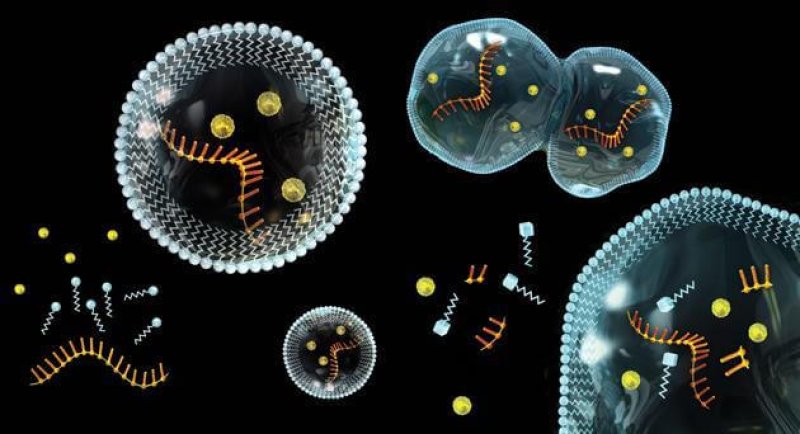What is becoming increasingly clear is that interacting collectives of “dumb” particles can evolve into specialized structures with fine-tuned relationships to their environment even in circumstances where there is no self-copying entity in the system to enable natural selection. This dissipative adaptation is a broadly applicable physical mechanism based on the simple idea that energy both helps collections of particles to change their state of assembly, and is processed differently by a system depending on its current state of assembly.
The combination of these two facts leads to a feedback loop, whereby a set of building blocks can perform an exploration of possible combinations guided by how well each combination absorbs energy.
What emerges is a vivid picture of the cell as a self-organizing machine capable of adaptive emergence that may reflect complex “learned” responses to recent environmental patterns of energy input.
Understanding how fine-tuned adaptive relationships between system and environment can arise without natural selection potentially restructures science’s vision of the ingredients needed for life to come together. Initially uncoordinated molecules can form a society of sorts that already looks like it is making accurate predictions about its surrounding world or optimizing access to sources of energy. This system, then, has a richer toolbox to work with than the naive “random soup” often imagined as primordial conditions.































